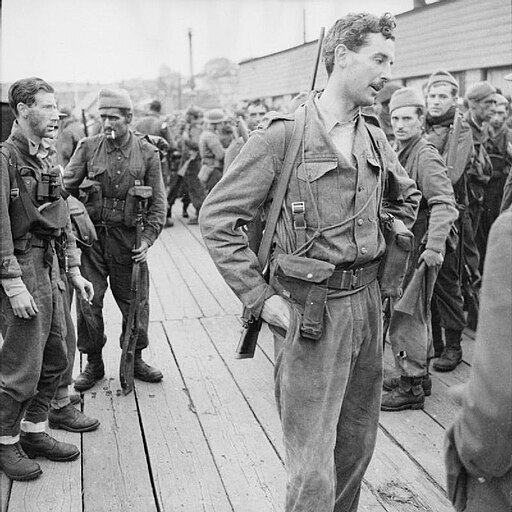Welcome to Cold Steel Games! This is a fork of my main blog Themself to split out the military history and game related stuff from the reading and writing that has come to dominate it over the last two or three years.
Why Cold Steel?
It’s a re-purposing of a domain I’ve held for a decade that was originally used for hosting a game design of a WW1 game about night patrols in no man’s land called ‘Hot Blood & Cold Steel’. The game still exists, and I’ll be adding a page with the contents of the old website (spruced up a bit) and a link to download the Hot Blood & Cold Steel game rules and printable tiles.
Posts here will be ocassional rather than to a fixed schedule (Themself typically has posts Monday, Wednesday and Friday every week). All of them will be game or military history related, and I intend to stick with that. Some of the posts here will probably be re blogged on Themself as well, keeping it a one stop shop for all my public writing.
You’ll probably notice that there are already a load of articles here. I imported all the relevant stuff from Themself so that all my military and game related material is here, apart from the stuff over on my Full Moon Games wiki.
All that remains is to write more wargaming stuff!








